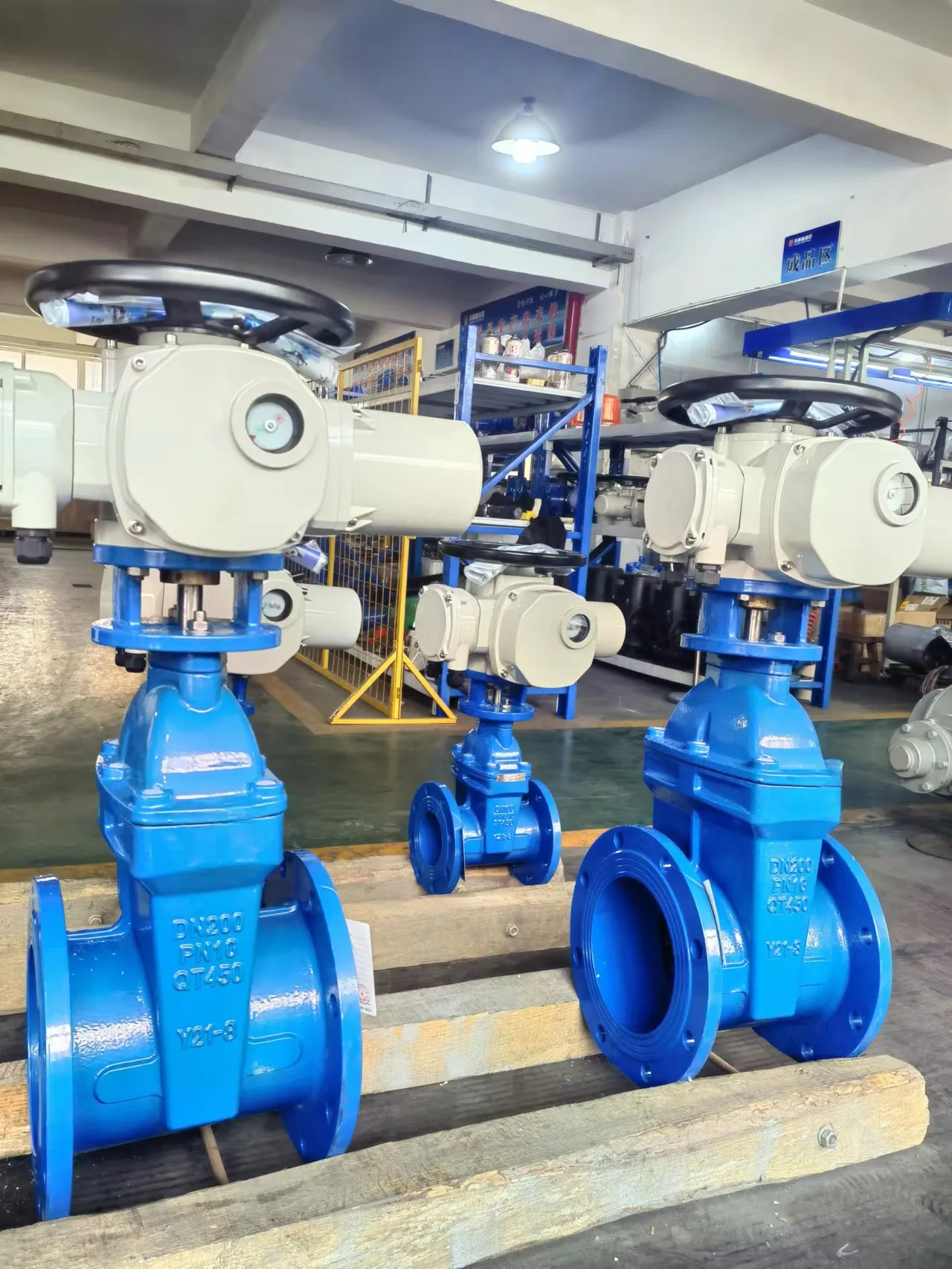ታኅሣ . 20, 2024 11:05 Back to list
gate valve pressure
Understanding Gate Valve Pressure Key Concepts and Considerations
Gate valves are essential components in various piping systems, extensively used in water supply, oil and gas, chemical processing, and many other industrial applications. Their primary function is to serve as on-off devices, allowing or blocking the flow of fluids when fully opened or closed. One of the critical aspects to consider when dealing with gate valves is the pressure at which they operate. Understanding gate valve pressure is crucial for safety, performance, and longevity.
What is Gate Valve Pressure?
Gate valve pressure refers to the maximum allowable pressure that a gate valve can handle during operation without risking failure or leakage. This pressure is determined by several factors, including the construction materials, valve size, and design specifications. The pressure rating of a gate valve is typically expressed in terms of the American National Standards Institute (ANSI) class rating, such as ANSI Class 150, 300, 600, and so forth, which indicates the maximum pressure temperature rating for the valve.
Factors Affecting Gate Valve Pressure Ratings
1. Material Standards The materials used to construct a gate valve significantly impact its pressure rating. Common materials include cast iron, ductile iron, stainless steel, and carbon steel. Each material has distinct mechanical properties, with specific yield and tensile strengths that dictate how much pressure the valve can withstand.
2. Temperature Pressure ratings are often temperature-dependent. As temperature increases, certain materials can lose strength, which may lower the pressure rating of the valve. Thus, it is essential to consider the operating temperature when selecting a gate valve for a specific application.
3. Valve Size The size of the gate valve additionally affects its pressure rating. Generally, larger valves tend to have lower pressure ratings due to the increased surface area and material thickness required to maintain structural integrity. When designing a system, it's crucial to select the appropriate valve size for the anticipated pressure conditions.
4. Design Standards Various design standards govern the manufacture and testing of gate valves, such as API (American Petroleum Institute), ASME (American Society of Mechanical Engineers), and ANSI. Each standard has specific guidelines regarding pressure testing, material selection, and performance criteria that ensure the reliability of gate valves in high-pressure applications.
Pressure Testing
gate valve pressure

Prior to installation, gate valves must undergo rigorous pressure testing to verify their integrity. This testing helps ensure they can perform effectively under expected operating conditions. The tests typically involve applying pressure beyond the valve's rated capacity to check for leaks or failures. Common testing methods include hydrostatic and pneumatic tests.
- Hydrostatic Testing A liquid, usually water, is used to fill the valve, and pressure is incrementally increased until the operating pressure or higher is reached. This method checks for leaks or weaknesses in the valve structure.
- Pneumatic Testing In this case, air or gas is used to pressurize the valve. Although this method is quicker, it is generally less common than hydrostatic testing due to safety concerns with pressurized gas.
Application Considerations
When selecting a gate valve for a specific application, several considerations must be factored in regarding pressure
1. Fluid Characteristics The nature of the fluid—whether it is corrosive, high-temperature, or contains solids—will affect the choice of material and design.
2. Operational Safety Operating a gate valve constantly at or near its pressure limit can lead to premature failure. Therefore, it is always wise to choose a valve rated for pressures higher than the expected operating conditions to ensure longevity and reliability.
3. Regulatory Compliance Many industries are subject to regulatory standards that dictate acceptable materials, design, and testing procedures for gate valves. Compliance with these regulations is necessary to avoid penalties and ensure safety.
In conclusion, understanding gate valve pressure is crucial for the safe and efficient operation of piping systems across various industries. By taking into account the various factors that influence pressure ratings—such as materials, temperature, size, and design standards—engineers can select the appropriate gate valve that meets the necessary operational requirements. Proper testing and maintenance further enhance the reliability of gate valves, ensuring they can serve their intended purpose effectively and safely over time.
-
Why Metric Trapezoidal Thread is Ideal for Precision Motion ControlNewsAug.05,2025
-
The Unique Properties of a Block of Granite for Industrial UseNewsAug.05,2025
-
The Role of Flanged Y Strainers in Preventing Pipeline ClogsNewsAug.05,2025
-
The Importance of Regular Calibration for Master Ring GagesNewsAug.05,2025
-
How a Cast Iron Surface Table Enhances Accuracy in ManufacturingNewsAug.05,2025
-
Comparing Different Check Valve Types for Optimal Flow ControlNewsAug.05,2025
Related PRODUCTS









